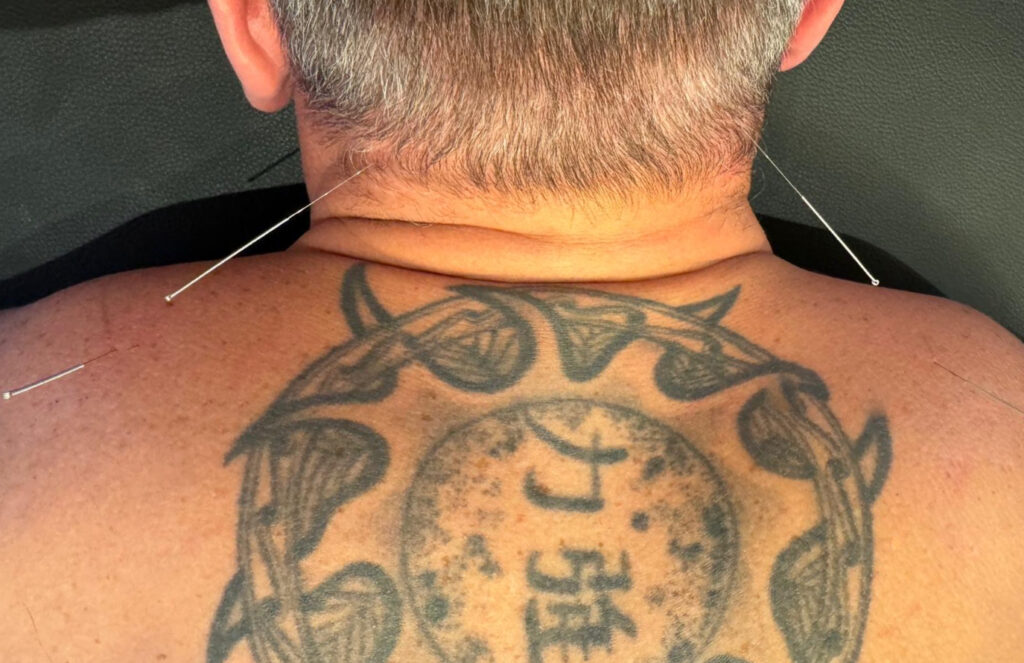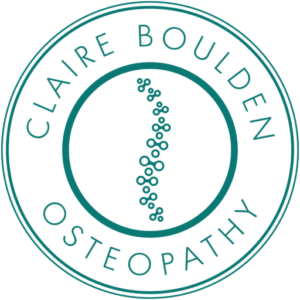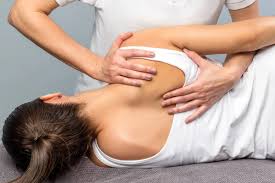
What is Osteopathy?
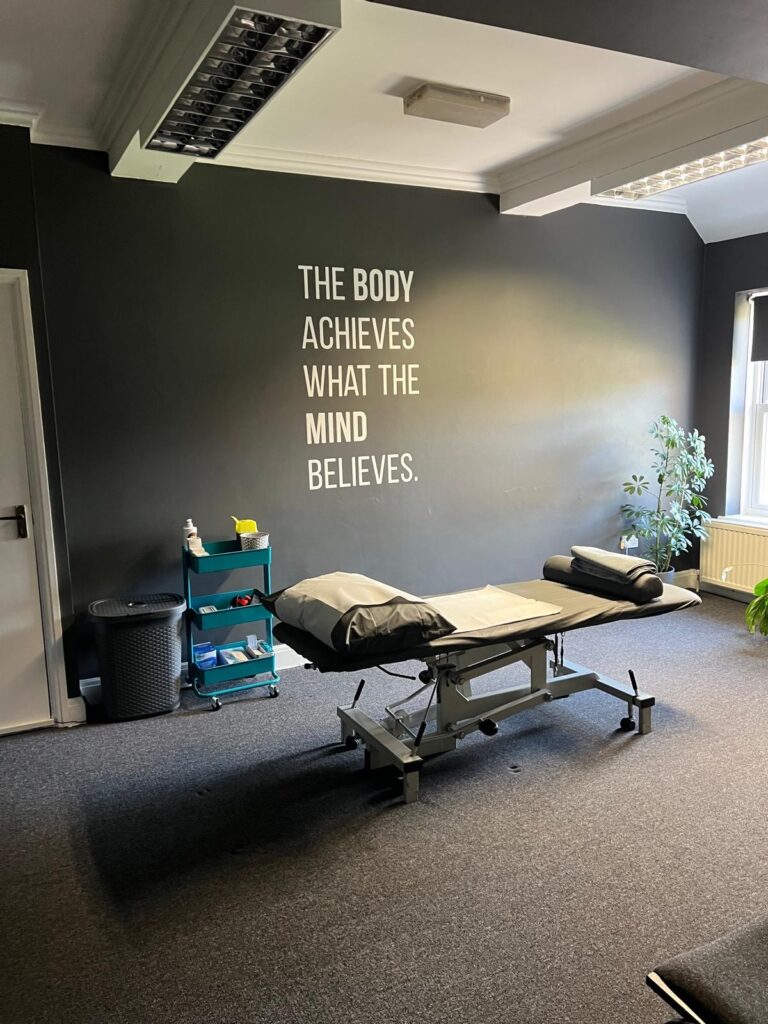
Osteopathy is a gentle, hands-on approach to diagnosing and treating a wide range of health conditions, aiming to restore and maintain both physical and psychosocial well-being. Osteopathy complements other medical treatments, and osteopaths often collaborate with other healthcare professionals to provide you with the best possible care.
Many osteopaths work on the principle that “structure governs function”, viewing the body as a complex balancing machine. When the body becomes imbalanced, it can no longer function properly, leading to the accumulation of stresses and strains that cause pain. By applying a variety of techniques, osteopaths can rebalance the body, alleviate these layers of strain, and reduce or eliminate pain. These techniques include:
Soft Tissue Release and Massage
Various massage techniques are commonly used in each treatment session. They help ease muscle tension and promote relaxation, while also allowing the osteopath to better understand underlying conditions. These techniques are customised for each patient, with varying pressure tailored to individual needs.
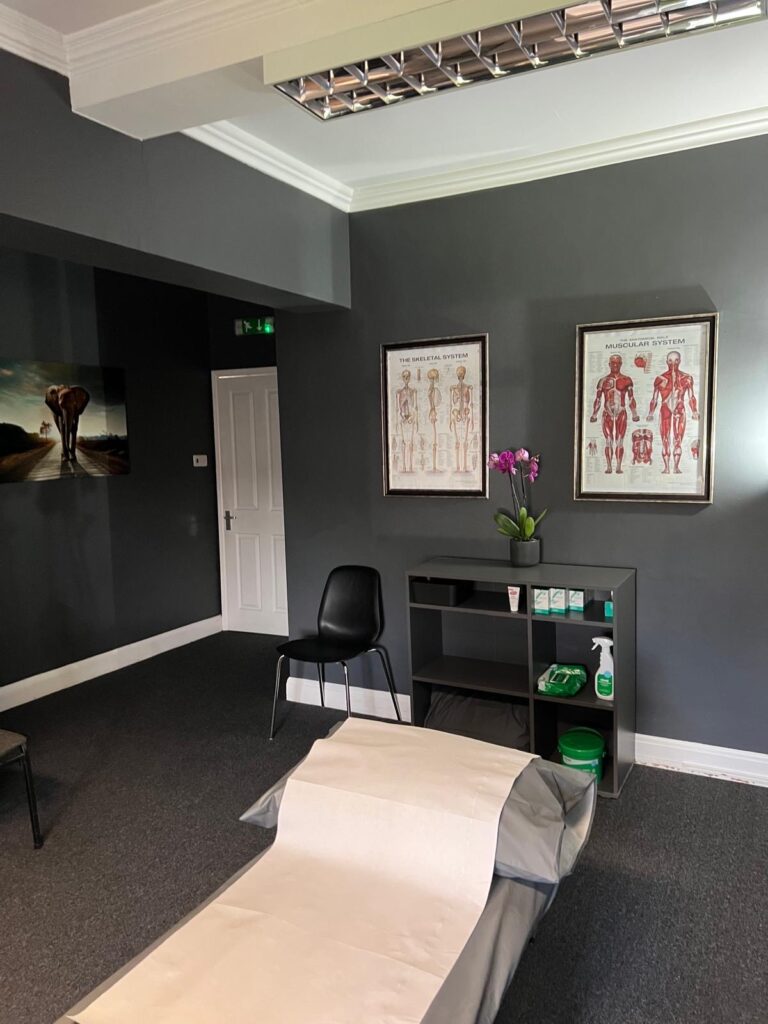
Structural Osteopathy
Pain often results from restricted joints and limited range of motion. Osteopaths use manipulative and articulatory techniques to mobilise these joints, improving movement and reducing pain.
Dry Needling (Western Acupuncture)
Dry needling is an effective technique for treating muscular discomfort and myofascial dysfunction. It can be used alongside other osteopathic methods to provide comprehensive care. This technique targets trigger points, often referred to as “knots,” to relieve pain both locally and in surrounding areas. While it uses the same filament needles as Traditional Chinese Medicine (TCM), dry needling is based on Western anatomical and neurophysiological principles.
The above techniques are available at both our Folkestone and Hawkhurst clinics. Why not book an appointment today?
